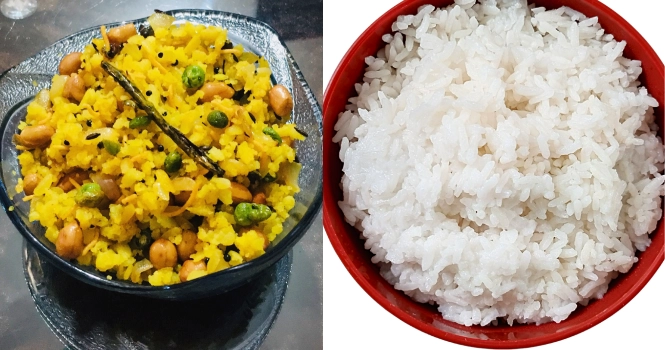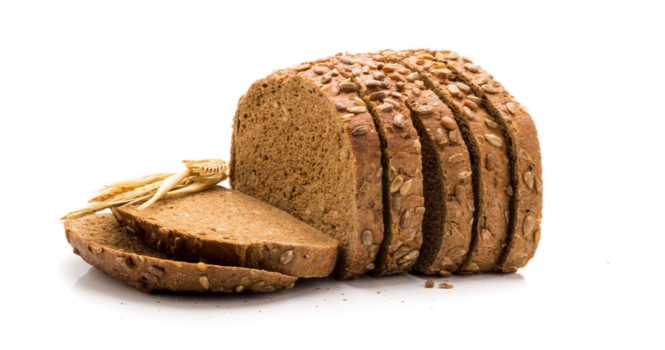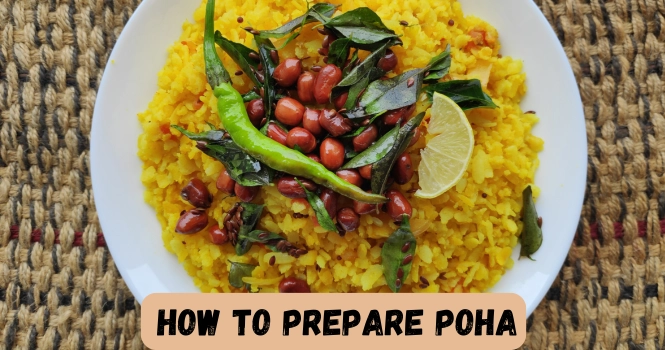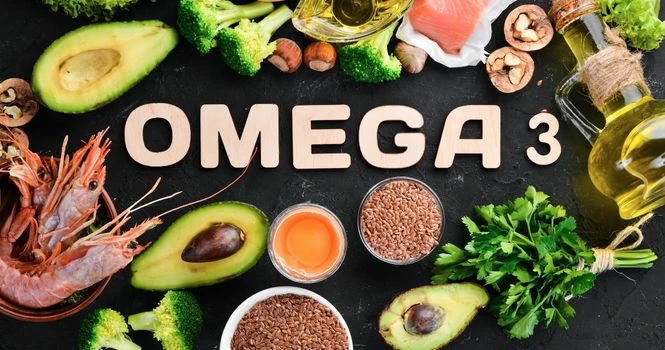How Many Calories Are in Your Bowl of Moong Dal?
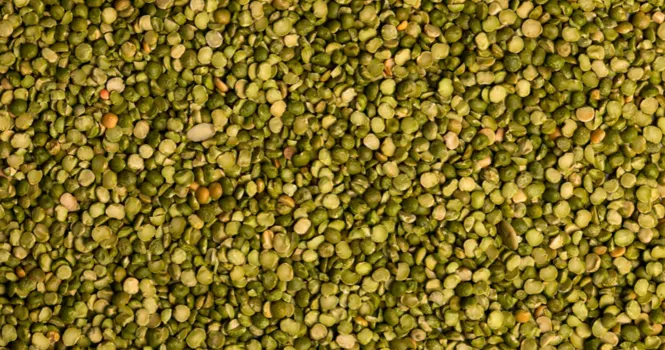
Moong dal is low in calories but high in nutrition. This small, green legume, often used in Asian cooking, is an excellent source of protein, fiber, and essential vitamins. It’s a versatile ingredient, perfect for a variety of dishes, and a great choice for those looking to maintain a healthy diet.
What is Moong Dal ?
Moong dal, also known as mung bean, is a small, green legume commonly used in Asian cuisine. It’s known for being nutritious, easy to digest, and quick to cook. Moong dal is often used in soups, stews, and as a base for curries. It’s packed with protein, fiber, and essential nutrients, making it a popular choice for healthy diets.
Moong Dal is also called as
- Hindi and Marathi: “Moong” or “Mung”
- Gujarati: “Mag”
- Tamil: “Pasi Paruppu”
- Telugu: “Pesarapappu”
- Kannada: “Hesaru Bele”
- Bengali: “Mug Daal”
- Punjabi: “Moongi”
- Malayalam: “Cherupayar Parippu”
How Many Calories Are in Your Bowl of Moong Dal?
The calorie content in a bowl of Moong Dal can vary depending on the preparation method and the ingredients used.
A standard serving size for a bowl of Moong Dal is approximately 150-200 grams. The common dishes are,
1. Plain Cooked Moong Dal: If it’s simply cooked without additional ingredients (like oil or ghee), a bowl of Moong Dal (about 150-200 grams) would typically contain around 150-200 calories.
2. Moong Dal with Seasonings and Oil: When prepared with added ingredients like oil, spices, and vegetables, the calorie count can increase. A bowl might then contain approximately 200-250 calories or more.
3. Moong Dal Khichdi or Moong Dal Soup: When Moong Dal is used in dishes like khichdi (mixed with rice) or in a soup with vegetables, the calorie count will depend on the proportions and types of other ingredients used. A bowl could range from 200 to 300 calories.
Note: These are estimated values, and actual calorie content can vary. For precise nutritional information, it’s best to consider the specific recipe and serving size.
Moong Nutrition facts 100g
| Nutrients | Amount |
| Calories | 347 kcal |
| Protein | 24 g |
| Carbohydrates | 63 g |
| Fiber | 16 g |
| Fat | 1.2 g |
| Iron | 6.74 mg |
| Magnesium | 189 mg |
| Potassium | 1246 mg |
| Calcium | 138 mg |
| Vitamin C | 4.8 mg |
This table illustrates that Moong Dal is a nutrient-rich food, with a good balance of protein, fiber, and essential minerals.
Moong Dal Sprouts Nutritional Value
Moong dal sprouts, which are germinated moong beans, have a distinct nutritional profile compared to unsprouted moong dal. Sprouting enhances their nutrient content and makes them easier to digest. The key nutritional values of moong dal sprouts per 100 grams are as follows;
1. Calories: Sprouted moong dal is low in calories, making it an excellent choice for weight management. It contains about 30-40 calories per 100 grams.
2. Protein: They are a good source of plant-based protein, with around 3-4 grams per 100 grams. This is slightly less than unsprouted moong dal, but the protein is easier to digest.
3. Fiber: Sprouting increases the fiber content, which is beneficial for digestion. They contain about 2-3 grams of fiber per 100 grams.
4. Carbohydrates: They have a lower carbohydrate content compared to the unsprouted dal, around 5-6 grams per 100 grams.
5. Vitamins and Minerals: Sprouting increases levels of certain vitamins, especially B vitamins and Vitamin C. Sprouted moong dal also contains essential minerals like iron, potassium, and magnesium.
6. Enzymes: Sprouting increases the enzyme content, which can aid in digestion and absorption of nutrients.
Overall, moong dal sprouts are a nutritious, low-calorie food, rich in protein, fiber, vitamins, and minerals, making them a healthy addition to a balanced diet.
Frequently Asked Questions
Which Dal is Good for Uric Acid Patient ?
For patients with high uric acid levels or conditions like gout, selecting the right type of dal (lentil) is important. Lentils that are lower in purines are generally considered better choices, as high-purine foods can increase uric acid levels.
Moong dal (mung bean) and masoor dal (red lentils) are typically recommended as they have comparatively lower purine content. It’s essential, however, for individuals with such conditions to consult with their doctor for personalized dietary advice.
Does Chana Dal Increase Uric Acid?
Chana dal, also known as Bengal gram, does have purines, but its purine content is not as high as in some other legumes and meats. While it may not significantly increase uric acid levels when consumed in moderation, it’s still wise for individuals with gout or high uric acid to be cautious.
They should balance their intake of chana dal with other low-purine foods and consult a doctor for tailored dietary guidance.
Calories in moong dal sprouts
Moong dal sprouts contain about 30-40 calories per 100 grams. This low-calorie count makes them a popular choice for weight loss and health-conscious diets.
Green moong dal calories
Green Moong Dal, in its raw form, has approximately 347 calories per 100 grams. This higher calorie count reflects its dense nutritional content, particularly in carbohydrates and protein.
Moong dal protein content per 100g
Green Moong Dal contains around 24 grams of protein per 100 grams. It’s a significant source of plant-based protein, making it a staple in vegetarian and vegan diets.
![]()



